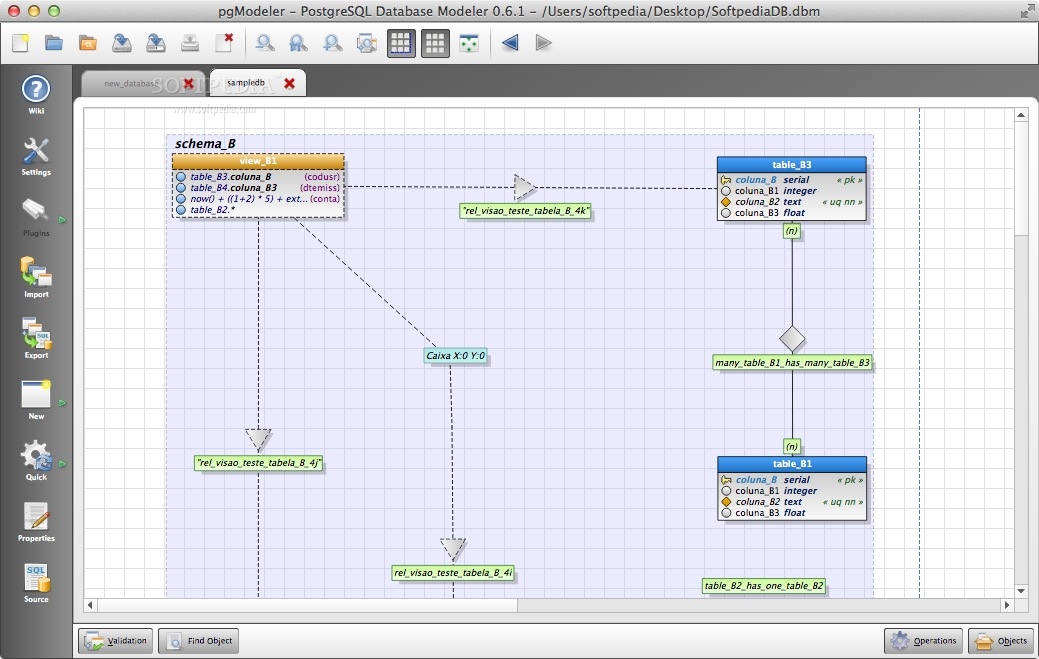

- Create database postgres how to#
- Create database postgres install#
- Create database postgres code#
- Create database postgres password#
Select Standard create, PostgreSQL and Free Tier to startĬonfigure the Master username and master password as you wish, for this demonstration I will use a master username of “ myusername” and a master password as “ mypassword” Once you have logged into your AWS Console you can go to the RDS Dashboard and press “Create Database” You can follow the instructions located at Getting started with AWS, Java 11 (Amazon Corretto), Eclipse and AWS Toolkit or verify your own setup(disregard the Eclipse and Java if you are not using Java. Now you have setup the pgAdmin, we can now set up an RDS instance.įor this demo, you will be required to have an AWS Account setup. You should be able to launch the application and then set the master password for pgAdmin PgAdmin is a popular postgres database client that we will use in this article. PostgreSQL is a powerful, open source object-relational database system with over 35 years of active development that has earned it a stron reputation for reliability, feature robustness, and performance. This is an option who need to fulfill the use case of a relational database. With Amazon RDS Free Tier, AWS makes it possible for you to create relational database without much expense.
Create database postgres install#
Install a Postgres pgAdmin database client.In this article, we will demonstrate this with the following steps: One of the more interesting to me relates right back to those template databases.In application development there is little doubt that one of the most useful combinations is combining an object oriented language with a relational database.

The CREATE DATABASE command has a number of options, as you can see in the documentation.

Also, when you restore a database, PostgreSQL uses template0 to start that process (I’ll explain how and why once I learn).Īnd what about that postgres database? Well, that’s a default built into PostgreSQL so that tools always connect to a default database. What’s that? Well, in the event you completely mess up template1, template0 acts as a baseline. However, there’s more going on in PostgreSQL. You can add objects to template1, and then they will automatically exist in any other new database you create. The table template1 operates very similarly to model. In PostgreSQL, the same thing happens, but the database is called template1. In SQL Server, you have a system database called model used as a template when you create a new database. Since I know SQL Server, I’m going to compare what’s going on here, to what’s going on there. The command to create a database is quite simple: I don’t want to document every single possible method, so I had to pick one.
Create database postgres code#
Create database postgres how to#
How to back up and restore with PostgreSQL: Learning PostgreSQL with Grant.Creating a Database and Tables in PostgreSQL: Learning PostgreSQL with Grant.Connecting to PostgreSQL: Learning PostgreSQL with Grant.


 0 kommentar(er)
0 kommentar(er)
